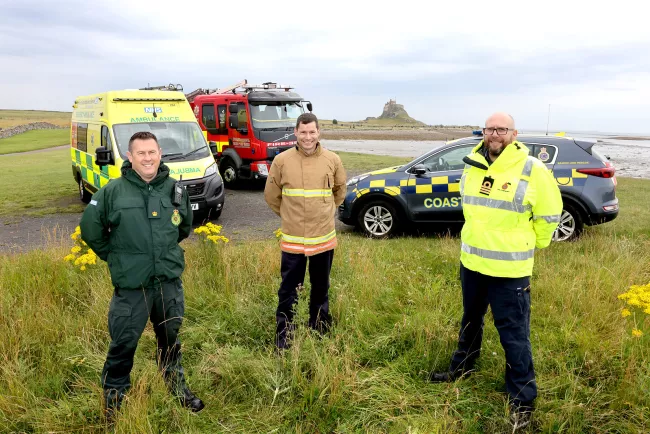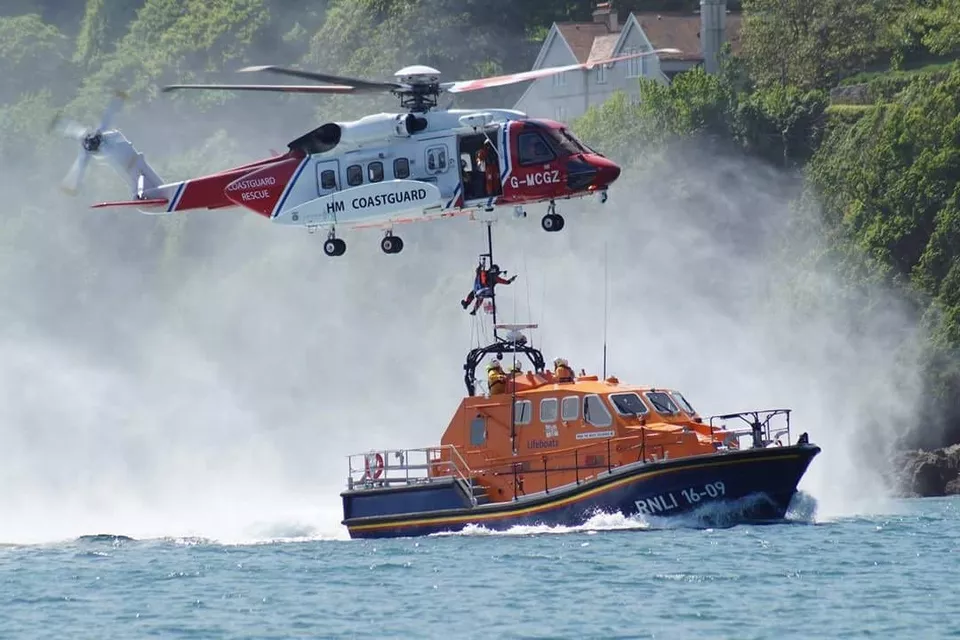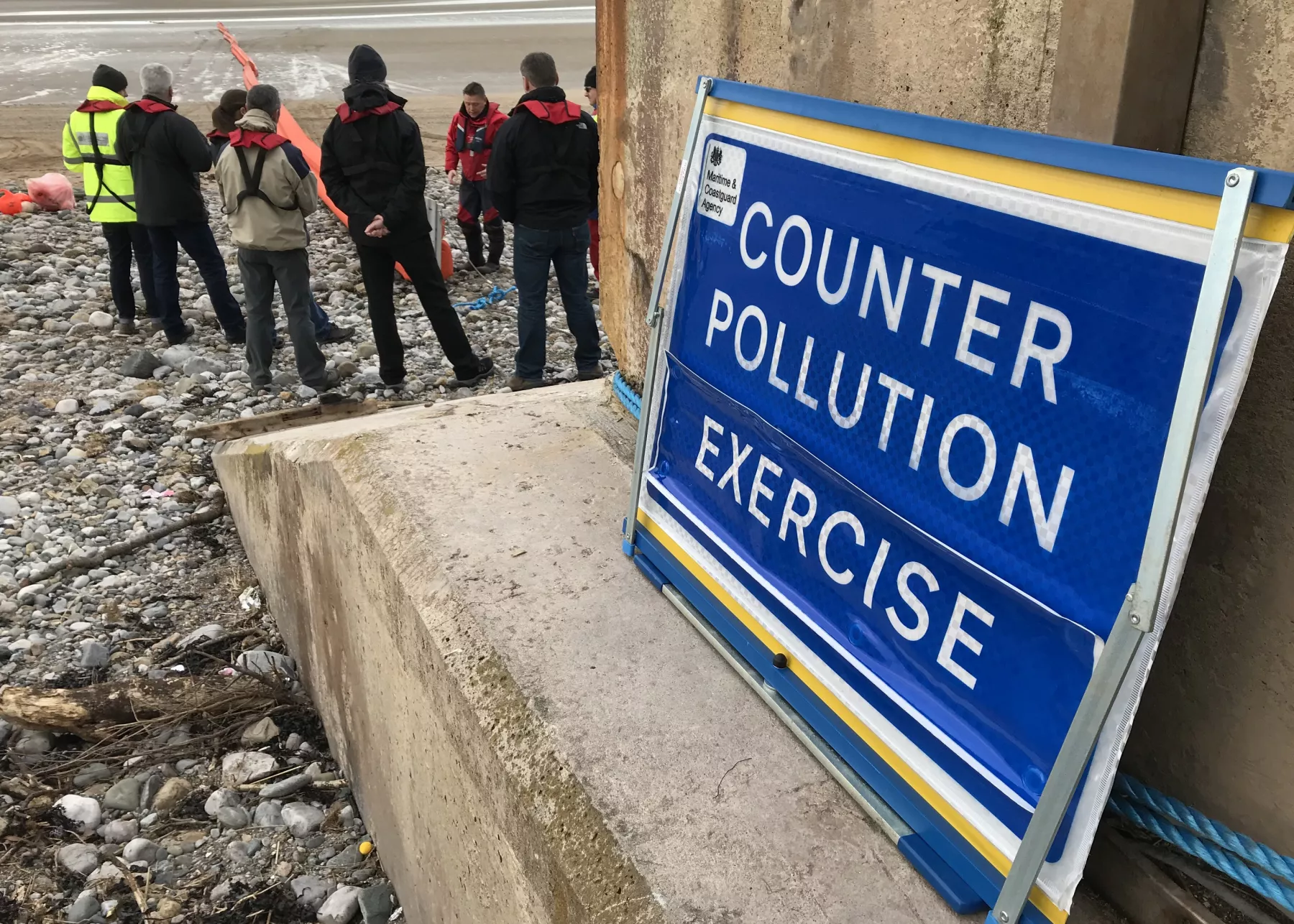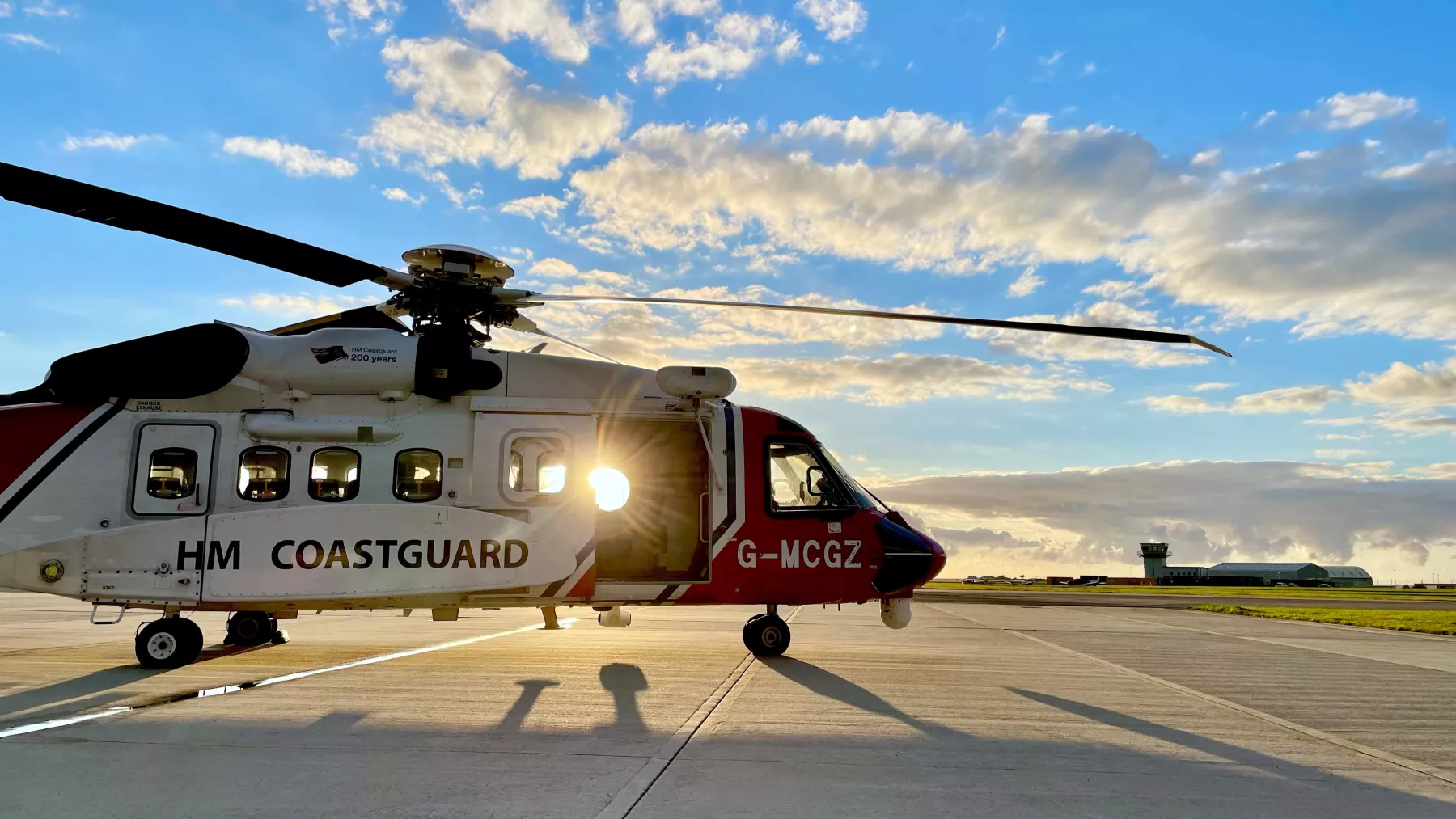Three emergency services in the region, North East Ambulance Service, HM Coastguard and Northumberland Fire and Rescue Service have been developing their partnership with a new plan to work together to offer support during emergencies on the island.
Holy Island is linked to the mainland by a causeway which is cut off twice a day during high tide times. For the hours when the tide won’t allow access via the causeway, getting to the island is only accessible by sea and air.
Home to one of the region’s iconic castles otherwise known as Lindisfarne, Holy Island has approximately 160 residents and receives over 650,000 visitors each year. The island is well known for its history and was the centre of early Christianity in England. It is home to Lindisfarne Priory which was built in AD635 and is where the Lindisfarne Gospels were created.
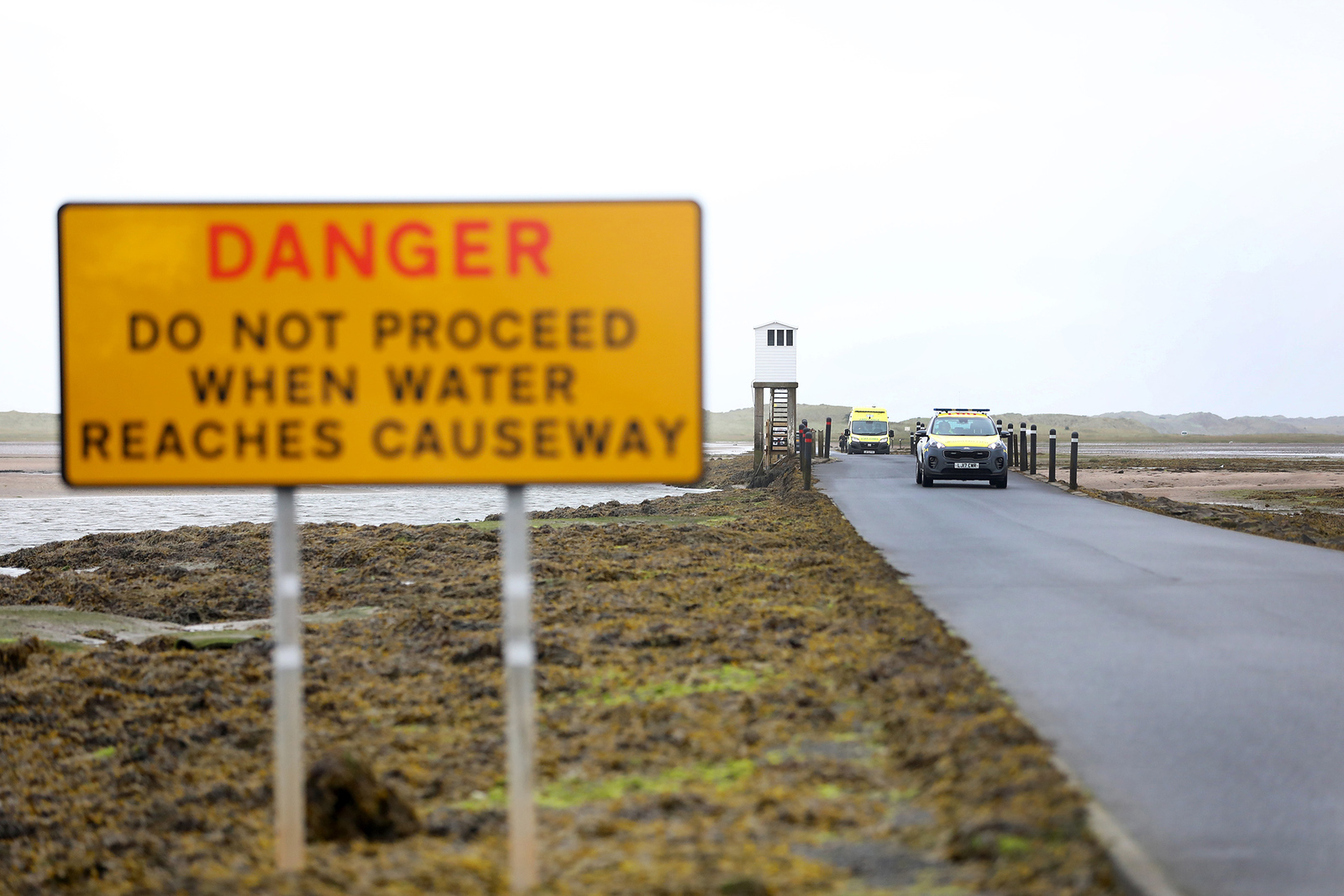
Chris Chalmers, locality manager, at North East Ambulance Service said: “In the event of a medical emergency, we work together with all of our partners to give the quickest, safest response to patients, either by boat, road, or air. The geography of the island means having clear working arrangements in place with our partners is vital so we can reach those people who need us, to treat or transport them to hospital.”
The new memorandum of understanding is a tri-partnership agreement which aims to ensure a wider range of response options for accessing the island to reduce the time members of the public will have to wait if they need rescue or medical help.
When responding to an incident on the island, the ambulance or fire service will contact His Majesty’s Coastguard (HMCG) as the tasking authority for search and rescue incidents at the coast. The Maritime Rescue Coordination Centre (MRCC) in Humber will liaise with teams to agree the best way to access the island, whether by helicopter or lifeboat, and coordinate the transport of the relevant crew to the emergency.
Martin Lowe, HM Coastguard area commander for Holy Island, added: “It has always been vital that we work well with our partner emergency services to keep people safe on the island as the geography offers a particular challenge – twice a day the island is cut off by road and we need alternative ways of evacuating people in emergency situations.
“This new tri-partnership agreement can only add to the already strong partnerships we have and will aid in the response to incidents with streamlined communication channels and formalised procedures.”
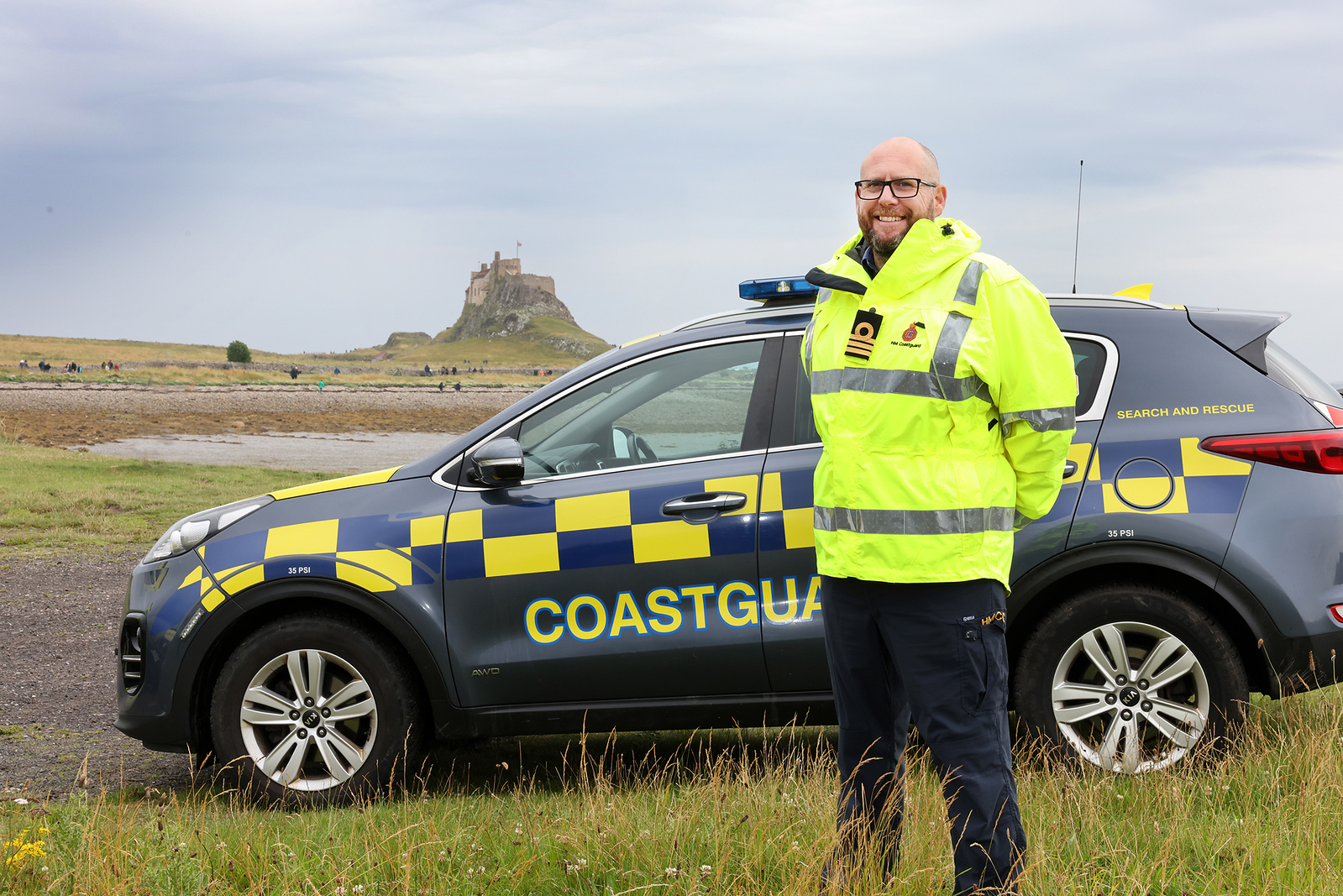
Joe Haustead, head of community risk and response for Northumberland Fire and Rescue Service said "This has been an excellent piece of collaboration work between the three emergency services.
"The agreement will ensure we provide a more effective and efficient response to the residents and visitors of Holy Island.
Holy Island is an area of Outstanding Natural Beauty and a hotspot for historical tourism and bird watching. As a service, we recognise its significance and have worked hard to ensure the agreement provides a more robust response for all emergency services.
"Over the coming weeks we will be working with NEAS and HM Coastguard to carry out a series of exercises on the island. This work further demonstrates our commitment to working closely together."
Chris Chalmers at North East Ambulance Service added, “For any medical emergency in the North East, we also work closely with community first responders who can provide lifesaving support whilst our crews are travelling. Our new plans will help to strengthen our relationship with those people who give up their time to support our services.”
HM Coastguard's Holy Island team are resident on the island and have advanced first aid training - they are often the first to arrive to an emergency on the island. They are helped by North East Ambulance Service's four community first responders (CFRs) who serve the island. CFRs are trained volunteers who can deal with emergencies prior to the arrival of an ambulance. They are dispatched at the same time as an ambulance but usually arrive first as they are nearer and can provide early interventions in those crucial first minutes of an emergency.
You can find out more about Holy Island here: https://www.visitnorthumberland.com/explore/destinations/islands/holy-island and always check the tide times before you travel to ensure safe crossing on the causeway https://holyislandcrossingtimes.northumberland.gov.uk/Default.aspx?dt=0823.
